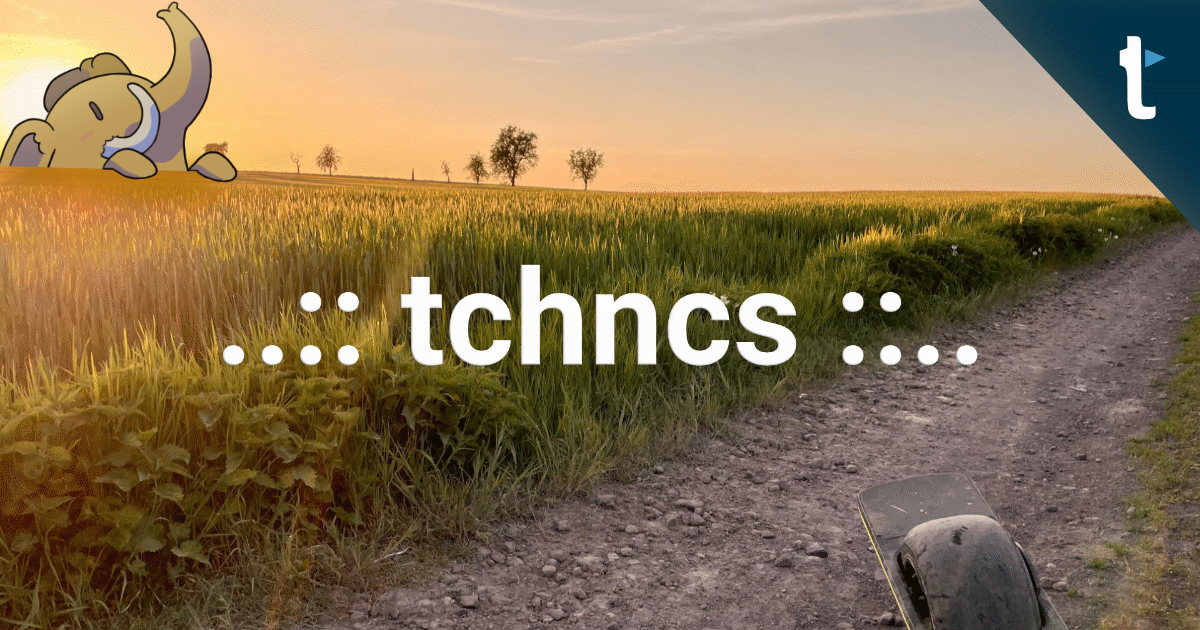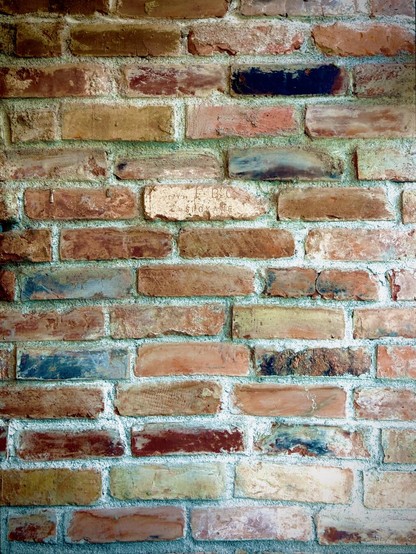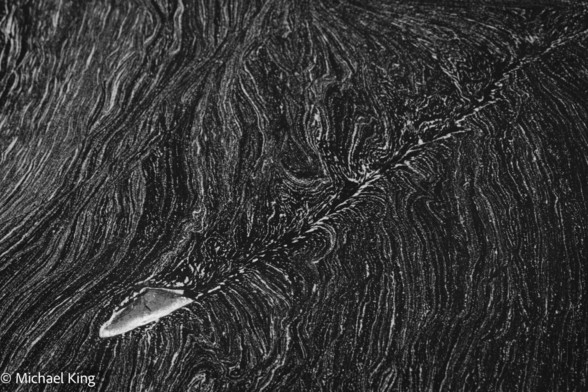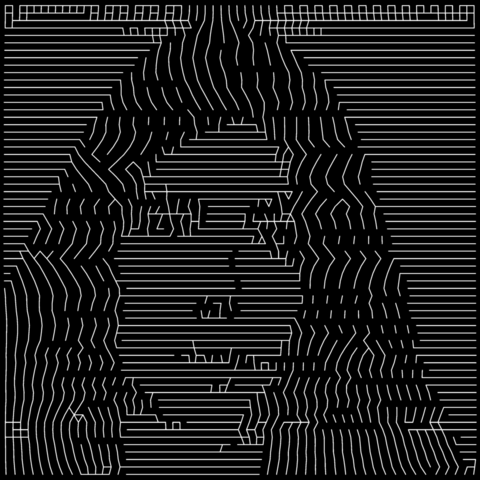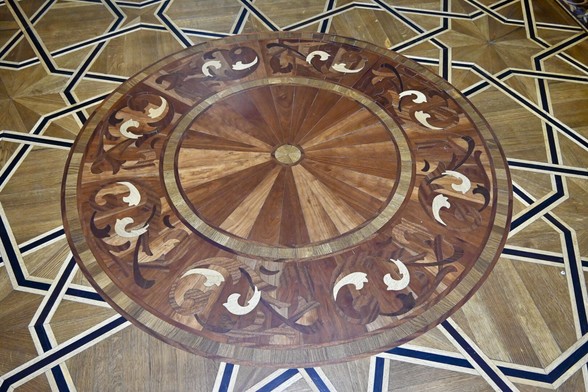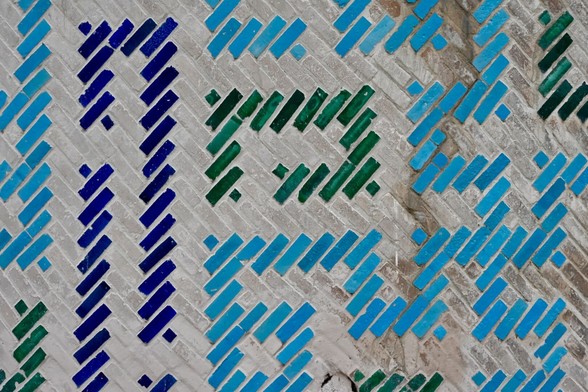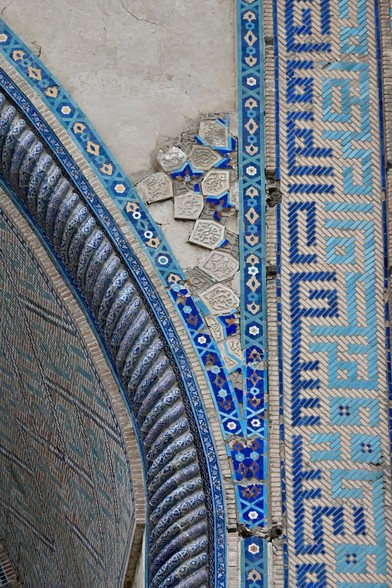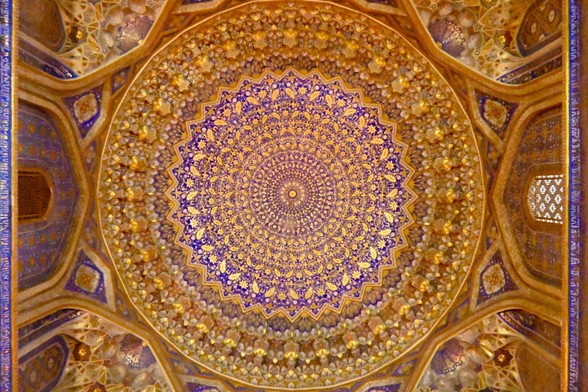I came across this halftoning idea sometime last week. While the idea was relatively easy to understand and fun to implement, I've spent quite a lot of time trying to make the result look nice.
In each row, the image is split into bins containing roughly the same sum of lightness value. This is nice to implement when the number of lines/bins is a power of 2, so we can recurse with a binary split. Thus the line density varies by average lightness. The problem is that density is considered along the x-axis. If things change a lot between rows, the lines get slanted, so they appear more dense. Here I've included some averaging between neighbouring rows to make thing a bit smoother.
I'm also including a fun glitch from the early tests. The line-density system includes the set of point coordinates and the graph structure (which point is connected to which). What happened here is my generic graph generator that simply finds the nearest neighbours of each point. So in the light areas that are compressed horizontally, the nearest neighbours were left and right.

